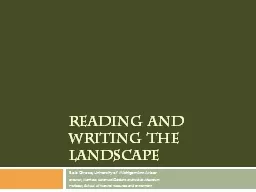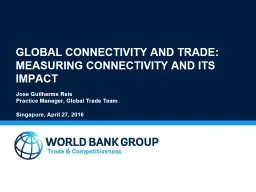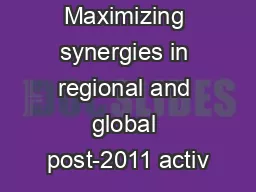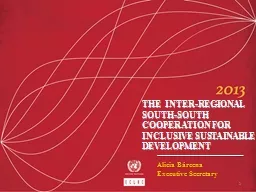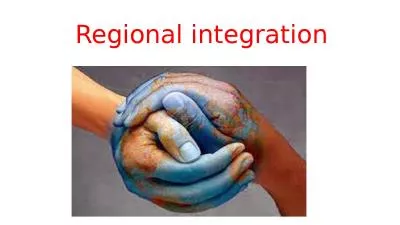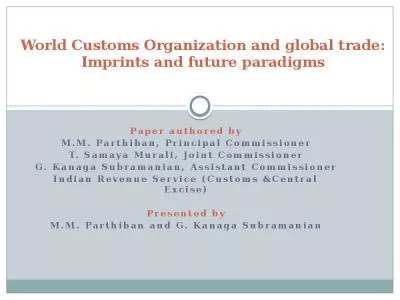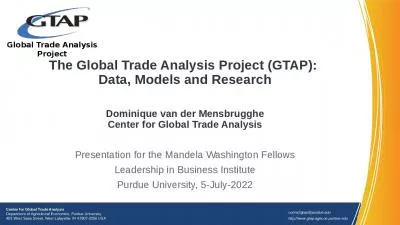PPT-GLOBAL AND REGIONAL TRADE LANDSCAPE
Author : tawny-fly | Published Date : 2020-04-04
Wayne Williams CFO AGENDA Minor Company Profile ASEAN Thailand Trade COMPANY PROFILE Who are we 4 Statements included or incorporated in these materials that use
Presentation Embed Code
Download Presentation
Download Presentation The PPT/PDF document " GLOBAL AND REGIONAL TRADE LANDSCAPE" is the property of its rightful owner. Permission is granted to download and print the materials on this website for personal, non-commercial use only, and to display it on your personal computer provided you do not modify the materials and that you retain all copyright notices contained in the materials. By downloading content from our website, you accept the terms of this agreement.
GLOBAL AND REGIONAL TRADE LANDSCAPE: Transcript
Download Rules Of Document
" GLOBAL AND REGIONAL TRADE LANDSCAPE"The content belongs to its owner. You may download and print it for personal use, without modification, and keep all copyright notices. By downloading, you agree to these terms.
Related Documents


